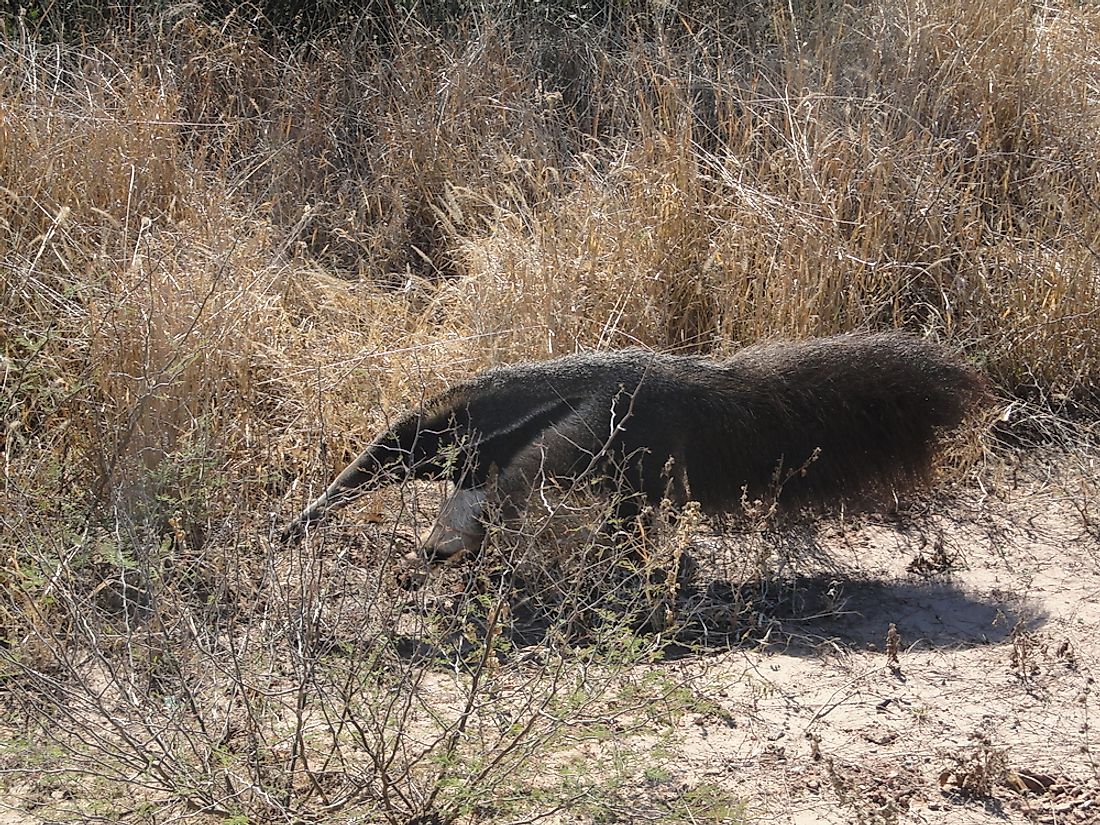What Are The Characteristics Of A Semi-arid Climate Pattern?

The semi-arid climate, also known as steppe, is the next driest climate after the desert climate. It receives slightly more rainfall than the desert climate. Steppe climate receives precipitation of between 10 and 20 inches annually, and is often considered the intermediate between the desert and humid climates. To determine whether a region is characterized by a semi-arid climate, the threshold should be first determined by multiplying average temperature throughout the year by 20 then adding 140 or 280 depending on the amount of precipitation received during the applicable year.
Types Of Semi-Arid Climates
The semi-arid climate is further divided into two categories: hot and cold semi-arid climate. The two types of semi-arid climates can be delineated from each other by use of isotherms. An isotherm is a line connecting two places with the same temperature.
Hot semi-arid climates characterize the tropics and sub-tropics located in the 20s and 30s latitudes. They are often located near the tropical savanna climate or on the fringe of sub-tropical desert climate. Hot semi-desert climate is known for hot summer and cool winter, with relatively low precipitation. Hot semi-arid areas are mainly in Africa, South Asia, and Australia. They also characterize some parts of Europe, particularly Spain, portions of North America (Mexico and Southwestern US), and parts of South America.
Cold semi-arid climate regions are found in temperate zones or on the raised portions of the subtropical zones. The regions are mainly found in continental interiors away from larger water bodies. This type of semi-arid climate is characterized by warm and dry summer with summers not as hot as the hot semi-arid climate. Cold semi-arid regions have a relatively cold winter, which may some snowfall. The cold semi-arid climate is located at a higher elevation than the hot semi-arid climates. The cold semi-arid climates are also likely to experience temperature variations between day and night. The temperature variation is not common in the hot semi-arid regions. This type of semi-arid climate is common is some areas in Asia and parts of North America but can also characterize some parts of Africa (north and South Africa) as well as Europe and parts of South America.
Vegetation and Animals
Semi-arid climate receives very minimal rainfall that can support large vegetations or forests. The regions experiencing semi-arid climate are characterized by small plants like shrubs and grasses. Some plants in the semi-arid areas may have similar adaptation to the desert plants to help them reduce water loss due to the high temperatures. Some of these plants have thorny branches or waxy cuticles which help them reduce water loss.
Just like vegetation, semi-arid areas do not host a lot of animals. Usually, only animals that are adapted to grassland ecosystem are found in the semi-arid areas, meaning only animals such as bison, antelopes, and zebras among other ungulates can be found in the region. Large predators such as lion, jackals, and wolves may also be found in the semi-arid areas depending on the continent in question and also whether the region is temperate or subtropical.











